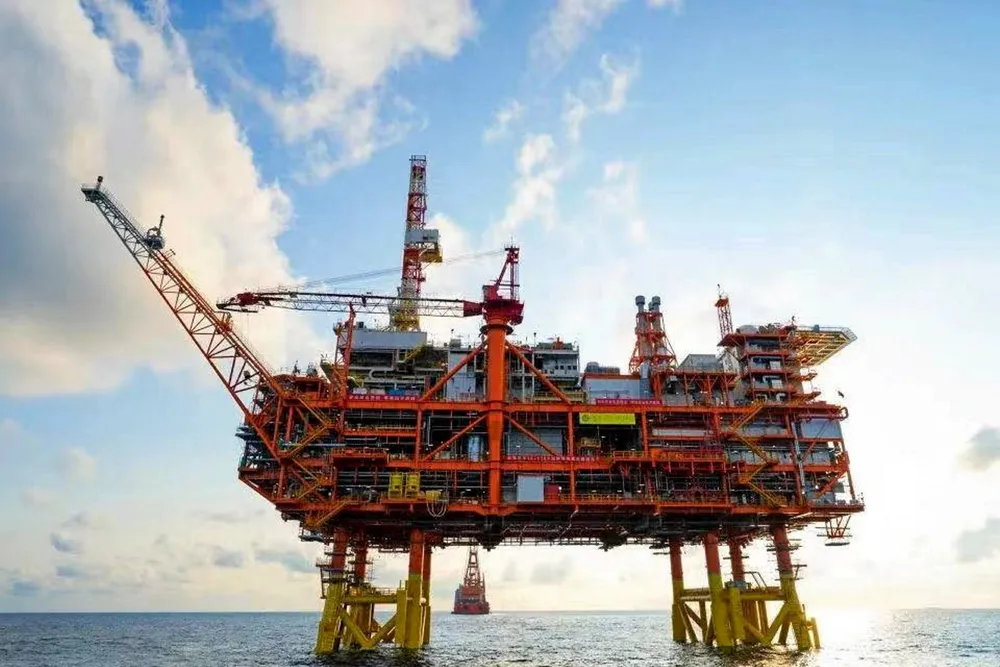Offshore China harbours huge carbon capture potential
Ministry of Natural Resources survey suggests potential to store up 2.58 trillion tonnes of carbon dioxide

Ministry of Natural Resources survey suggests potential to store up 2.58 trillion tonnes of carbon dioxide
